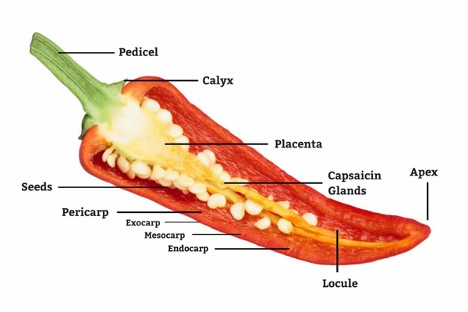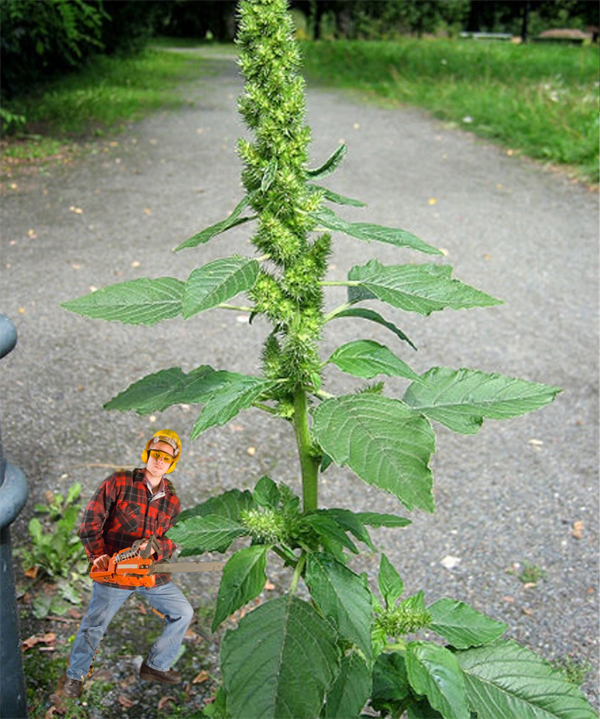Nov 3, 2021
Arizona Chiles
In Arizona we tend to focus on the leafy green vegetable produce industry when addressing Arizona vegetable crop production. That is quite understandable given the size, scope, and impact of the leafy green vegetable industry based in the lower Colorado River Valley in the Yuma region.
As the leafy green vegetable industry is getting started and building in the early months of the fall, chiles, another important Arizona vegetable crop and one of my favorites, is maturing and advancing in the later stages of the production season in the higher elevation valleys of southeastern Arizona, primarily Cochise County.
We commonly refer to the Southwestern (SW) Chile Belt extending from southeast Arizona, across southern New Mexico, into far-west Texas, and northern Chihuahua, Mexico. The SW Chile Belt is dominated by production the New Mexico-type chile, also commonly referred to as “Hatch chile”. The 2021 acreage across the SW Chile Belt consists of approximately 7-8,000 acres in NM, 3-4,000 in TX, approximately 90,000 acres in Chihuahua, and about 300-500 acres in Arizona. The Curry Chile Seed Company, based in Pearce, AZ, provides the seed for >90% of the total green chile acreage across the SW Chile Belt.
Chile peppers (Capsicum species) are among the first crops domesticated in the Western Hemisphere about 10,000 BCE (Perry et al., 2007). The Capsicum genus became important to people and as result, five different Capsicum species were independently domesticated in various regions of the Americas (Bosland &Votava, 2012). Early domestication of chile peppers by indigenous peoples was commonly driven for use as medicinal plants. Due to their flavor and heat characteristics, chile peppers are a food ingredient that is popular in many parts of the world, including Latin American, African, and Asian cuisines. Chiles have been increasingly important to the U.S. and European food industries, particularly as these populations become more familiar with chile (Guzman and Bosland, 2017).
There are five domesticated species of chile peppers. 1) Capsicum annuum is probably the most common to us and it includes many common varieties such as bell peppers, wax, cayenne, jalapeños, Thai peppers, chiltepin, and all forms of New Mexico chile. 2) Capsicum frutescens includes malagueta, tabasco, piri piri, and Malawian Kambuzi. 3)Capsicum chinense includes what many consider the hottest peppers such as the naga, habanero, Datil, and Scotch bonnet. 4) Capsicum pubescens includes the South American rocoto peppers. 5) Capsicum baccatum includes the South American aji peppers.
The Capsicum annuum species is the most common group of chiles that we encounter and there are at least 14 very different pod types in this single species that includes: New Mexico (aka Anaheim), bell peppers, cayennes, jalapeños, paprika, serrano, pequin, pimiento, yellow wax, tomato, cherry, cascabel, ancho (mulato, pasilla), and guajillo (Guzman and Bosland, 2017).
The source of heat in a chile comes from the capsaicin glands that run down the length of the placenta of the chile fruit. If we look at a longitudinal cross section of a chile pod (Figure 1), we can identify the placenta, the seeds, and the location of the capsaicin glands. The seeds are commonly mistaken as the source of the heat in a chile pod. This is due to the close proximity of the seeds to the placenta and capsaicin glands. The extent of the capsaicin glands is a function of genetics and in the field we know the classification of mild, medium, or hot varieties. Unfortunately, many commercial vendors do not segregate by variety and they just dump them all together, so we end up getting a rather random selection in the store.
The intensity of the "heat" of chile peppers is commonly reported in Scoville heat units (SHU). Originally, it was a measure of the dilution of an amount of chile extract added to sugar syrup before its heat is undetectable to a panel of tasters, or the more it has to be diluted to be undetectable. Thus, the more powerful the variety, the higher the rating. The modern method of determining capsaicin content is by use of a quantitative analysis of SHU using high-performance liquid chromatography (HPLC) to directly measure the total capsaicinoid content of a chile pepper sample. Pure capsaicin is a hydrophobic, colorless, odorless, and crystalline-to-waxy solid at room temperature, and measures 16,000,000 SHU (Guzman and Bosland, 2017).
Most of the commercial green chiles go into canning and food product development, e.g. salsas, etc. The varieties grown for red chile types are produced primarily for the dry chile powder. Red chiles represent the largest section of the SW and global chile industry.
References:
Bosland, P.W., E.J. Votava, and E.M. Votava. 2012. Peppers: Vegetable and spice capsicums. Wallingford, U.K.: CAB Intl.
Guzmán, I. and P.W. Bosland. Sensory properties of chile pepper heat - and its importance to food quality and cultural preference. Appetite, 2017 Oct 1;117:186-190.
doi: 10.1016/j.appet.2017.06.026.
Perry, L., Dickau, R., Zarrillo, S., Holst, I., Pearsall, D. M., Piperno, D. R., et al. (2007). Starch fossils and the domestication and dispersal of chili peppers (Capsicum spp. L.) in the Americas. Science, 315, 986-988.

Figure 1. Chile pod anatomy.













